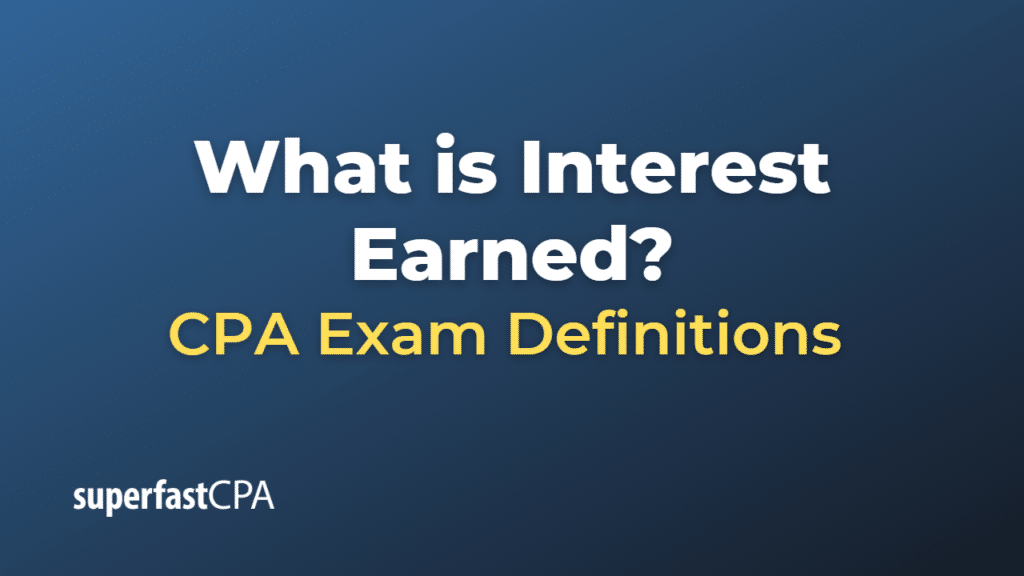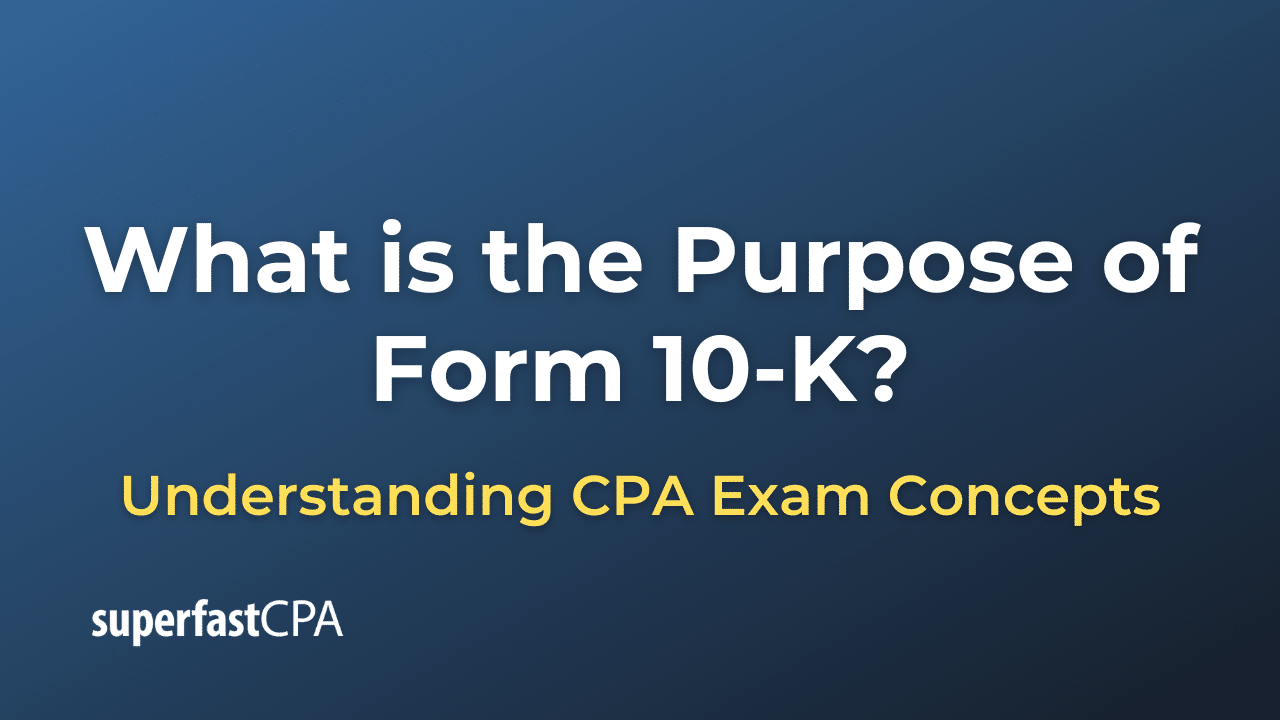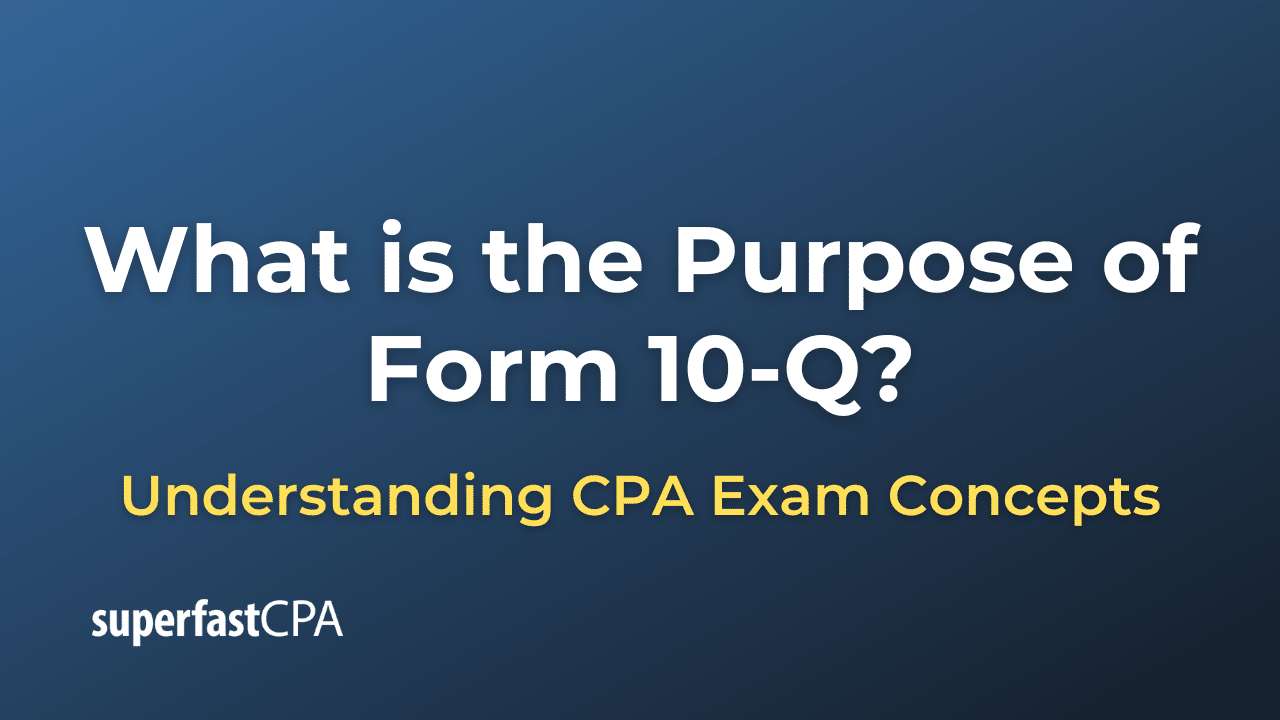Interest Earned
Interest earned refers to the income that an entity generates from its investments or deposits over a specific period. It’s the money earned by lending money or making an investment that earns interest. Interest earned can come from a variety of sources, including savings accounts, certificates of deposit, bonds, loans, and other interest-bearing investments.
The amount of interest earned usually depends on several factors:
- Principal: This is the original amount of money that was invested or lent. A larger principal will generally result in more interest earned.
- Interest Rate: This is the rate at which interest accrues on the principal. It’s typically expressed as an annual percentage. A higher interest rate will generally result in more interest earned.
- Time: This is the length of time that the money is invested or lent. A longer time period will generally result in more interest earned.
- Compounding: This refers to earning interest on both the original amount and the interest already earned. More frequent compounding will generally result in more interest earned.
Interest earned can be a significant source of income for businesses, especially financial institutions like banks, as well as for individual investors. It’s also an important component of many retirement and long-term savings strategies.
Example of Interest Earned
Let’s use a savings account as an example to illustrate the concept of interest earned.
Suppose you deposit $5,000 into a savings account that offers an annual interest rate of 2%. This rate is compounded annually.
After one year, you would earn interest of $100. This is calculated as follows:
Interest Earned = Principal x Interest Rate = $5,000 x 0.02 = $100
So, your account balance after one year would be $5,100, which includes your initial deposit of $5,000 and the $100 in interest you earned.
Now, because the interest is compounded annually, in the second year, you would earn interest not only on your initial deposit of $5,000 but also on the $100 in interest you earned in the first year.
The interest earned in the second year would be:
Interest Earned = Current Balance x Interest Rate = $5,100 x 0.02 = $102
So, your account balance after two years would be $5,202, which includes your initial deposit of $5,000 and the $202 in total interest you earned over two years.
As you can see, over time, the interest you earn can add up, increasing the overall return on your savings or investments. This is the power of compounding – you earn interest on your interest, which can significantly boost your earnings over the long term.














